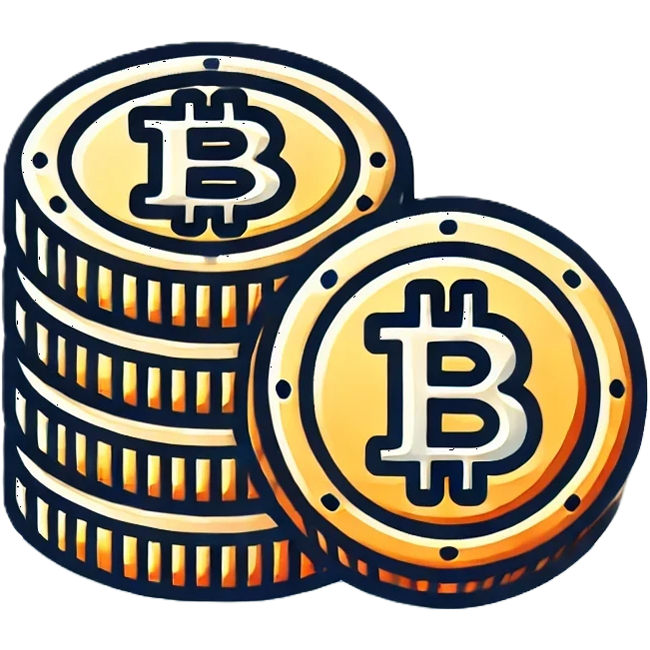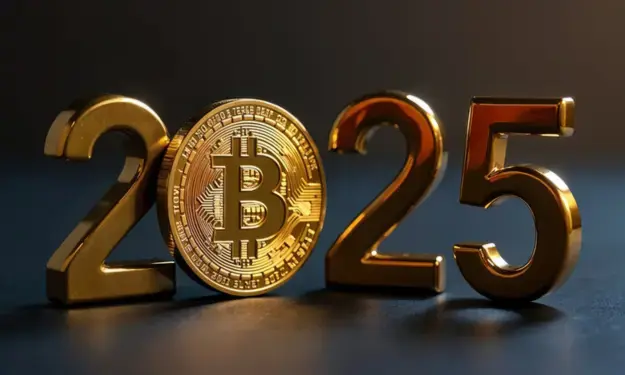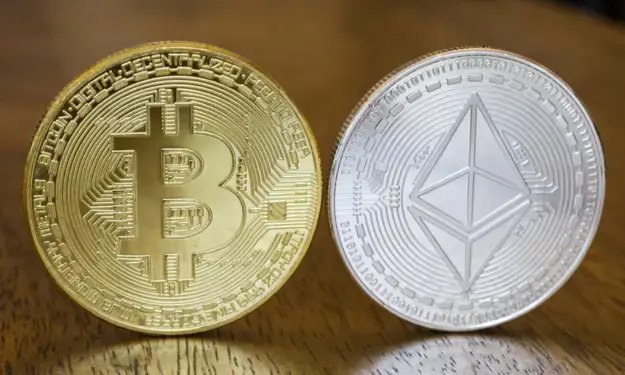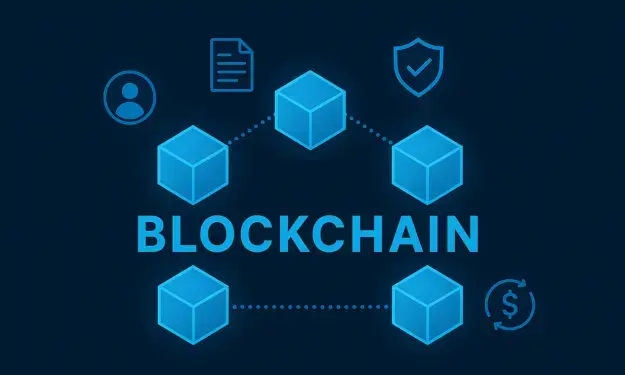Publication date: December 11, 2024
What is Ripple?
Ripple (XRP) is a blockchain-based platform focused on improving cross-border payments and financial transactions. Launched in 2012, it aims to transform the global payments infrastructure by providing speed, low cost and transparency. Ripple focuses primarily on collaborations with financial institutions such as banks and payment processors to make international payments more efficient.
The platform uses XRP as a digital bridge currency, allowing currencies and assets to be converted in real time at minimal cost. Ripple's technology is designed to address existing inefficiencies in traditional systems such as SWIFT.
.webp)
How does Ripple work?
Ripple's network operates through the RippleNet protocol, which uses the XRP Ledger, a decentralized blockchain network. This protocol offers three core products:
xCurrent: Allows banks to make real-time cross-border payments with tracking and end-to-end transparency.
xRapid: This product uses XRP as an intermediate currency, reducing liquidity costs and increasing transaction speeds.
xVia: An interface that allows companies to integrate payment solutions without complex backend systems.
Ripple's unique consensus algorithm replaces traditional mining, providing fast transactions (3-5 seconds on average) and a lower carbon footprint compared to other blockchains such as Bitcoin.
History of Ripple
Ripple was co-founded by Chris Larsen and Jed McCaleb. The platform has rapidly evolved and formed partnerships with leading financial institutions worldwide. Big names such as Santander, American Express and SBI Holdings have adopted RippleNet to streamline cross-border payments.
In 2020, Ripple came into the spotlight due to a lawsuit by the U.S. Securities and Exchange Commission (SEC), which alleged that XRP was being sold as an unregistered security. A partial victory was won in July 2023, leading to renewed interest from investors and corporations.
Recent developments
In December 2024, Ripple announced the launch of a new product called "Ripple Liquidity Hub." This platform allows companies to access multiple sources of liquidity, including fiat currencies, XRP and other digital assets. The aim is to help companies manage liquidity requirements in an era of increasing digital adoption.
In addition, Ripple has formed a strategic partnership with the Central Bank of Brazil to launch a pilot program for a digital central bank currency (CBDC). This partnership underscores Ripple's position as a leading technology company in both the blockchain and traditional financial sectors.
Price development of Ripple
The price of XRP has seen an impressive rise in 2024. On Nov. 20, the price reached about $1.13, but a series of positive announcements and increased usage pushed it up to about $2.37 within three weeks. This growth of more than 115% reflects renewed confidence in Ripple's technology and future prospects.
The most notable price increase occurred between Nov. 28 and Dec. 2, with growth of about 94% in just three days. This rapid increase was mainly driven by institutional interest in Ripple's Liquidity Hub and the successful CBDC project in Brazil. The use of XRP as an essential component in cross-border payments has created additional demand, especially among financial institutions seeking access to more efficient and cheaper liquidity solutions.
The chart below shows price trends over the past three weeks. The impressive price increase between Nov. 28 and Dec. 2 stands out. In the following days, the volatility of the XRP is evident, with a slight decrease from the beginning of December.

What could drive up the price of Ripple?
1. Adoption by financial institutions: New partnerships and expansion of RippleNet could increase demand for XRP.
2. Success of CBDC projects: If Ripple's technology is used effectively for CBDCs, it could strengthen the legitimacy of XRP.
3. Regulatory clarity:More favorable legal status in the U.S. and other markets may attract institutional investment.

.svg)
.webp)









